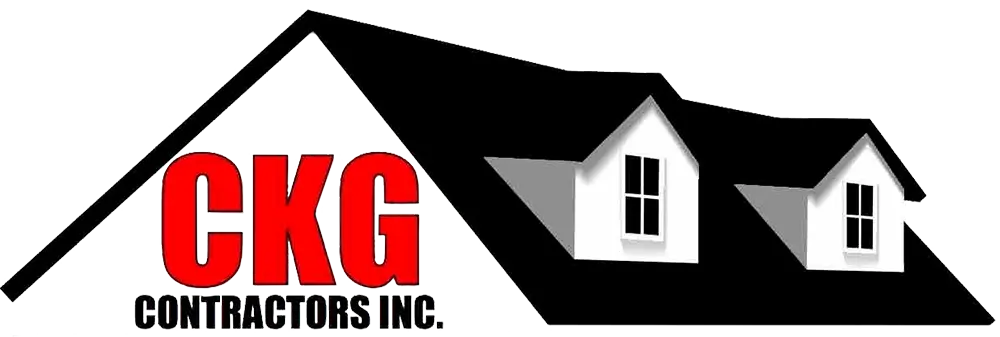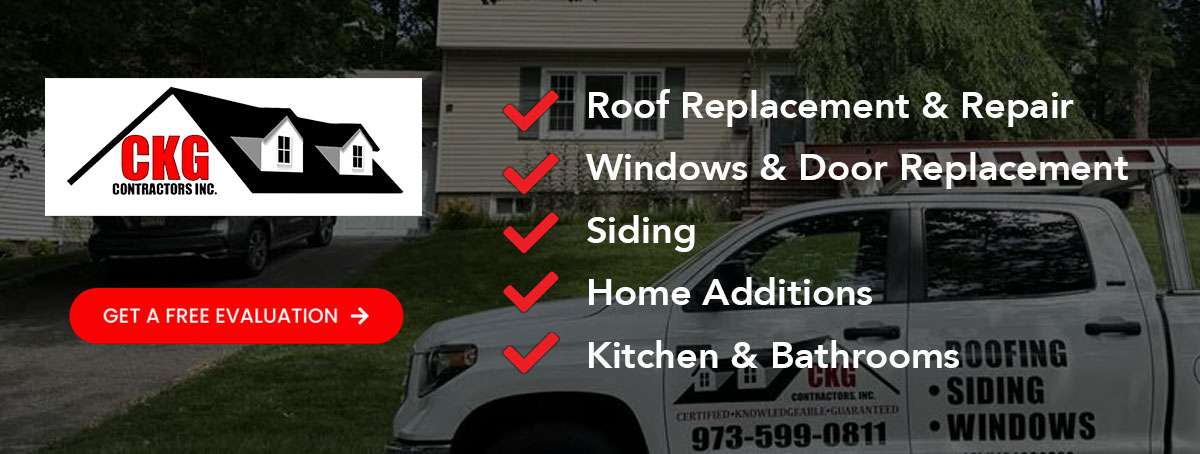Table Of Contents:
- Commercial Roofing Contractor Tips: How to Extend the Life of Your Roof
- Introduction
- What Are the Key Factors Affecting Commercial Roof Longevity?
- How Can Regular Roof Inspections Prevent Costly Repairs?
- What Maintenance Practices Extend the Life of Commercial Roofs?
- When Is Roof Repair or Replacement Necessary?
- How Do Commercial Roofing Contractors Ensure Quality and Longevity?
- What Are the Best Practices for Seasonal Roof Care?
- How Can Businesses Maximize ROI on Commercial Roofing Investments?
- Frequently Asked Questions
Commercial Roofing Contractor Tips: How to Extend the Life of Your Roof
Introduction
Commercial roofing is a critical investment for businesses that seek to maintain secure, energy-efficient, and long-lasting properties. Over time, commercial roofs endure weather, environmental stress, and general wear and tear that can affect their longevity, often requiring timely storm damage repair to prevent further issues. A well-maintained roof protects the building interior and assets while improving energy efficiency and reducing the need for frequent repairs or full replacement. Business owners must implement strategic maintenance practices and address any storm damage repair needs promptly to extend their roof’s lifespan.
This article explains the key factors that influence commercial roof longevity, outlines how regular inspections and proactive maintenance prevent costly repairs, and describes the criteria for repair or replacement decisions. It also examines how commercial roofing contractors use premium materials, precise installation techniques, and superior customer service to ensure roof durability. Throughout this guide, industry practices and expert recommendations help property managers and business owners optimize roof performance and return on investment.
The discussion also covers seasonal care and the maintenance practices needed to reduce damage from hail, wind, and other extreme weather conditions common in North America. With a growing emphasis on sustainability and energy efficiency, modern commercial roofing increasingly integrates advanced technologies for insulation, waterproofing, and storm damage protection. This resource ultimately supports long-term planning and enhances customer satisfaction by ensuring commercial roofs perform reliably over time.
Transitioning to the in-depth analysis, we begin by exploring the key factors affecting commercial roof longevity.
What Are the Key Factors Affecting Commercial Roof Longevity?
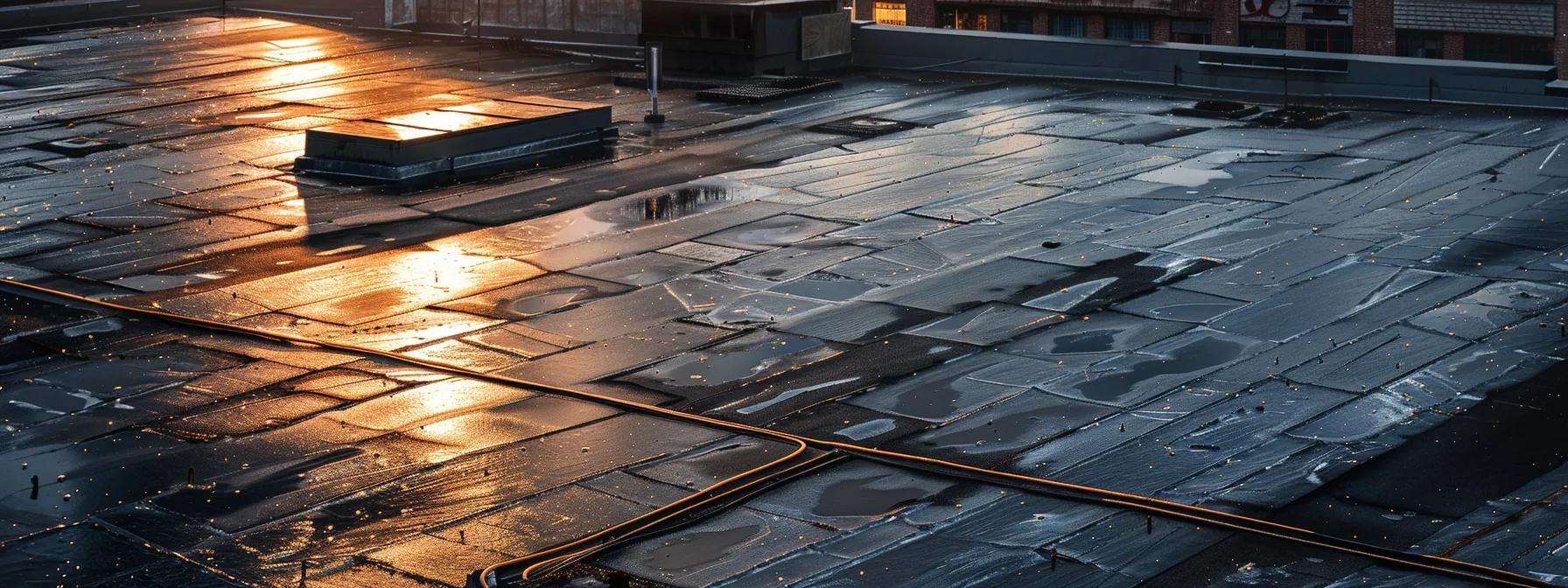
Commercial roofs face factors that influence their lifespan: weather and environmental conditions, material quality, and installation quality. Each element plays a significant role in determining whether a roofing system can withstand harsh conditions and remain durable.
How Do Weather and Environmental Conditions Impact Your Roof?
Harsh sunlight, heavy rainfall, hail, snow, and high winds can deteriorate roofing materials. Ultraviolet radiation causes coatings to fade and crack, while extreme temperatures lead to thermal shock, affecting flashing and membranes. Environmental pollutants and high humidity promote mold and algae growth that further degrade materials.
Roof systems in severe climates require frequent maintenance and specialized treatments. For example, roofs in cold areas may develop ice dams, and those in hot regions face expansion and contraction cycles. Proper ventilation, insulation, and reflective coatings help reduce heat stress and extend roof life. In coastal or urban areas, acid rain, salt, and pollutants accelerate wear; therefore, regular cleaning and weather-resistant design are essential.
Why Is Roof Material Quality Crucial for Durability?
High-grade materials ensure a roof’s longevity. Premium options like TPO, BUR, or metal roofing systems with advanced coatings resist environmental stressors, thermal expansion, and UV degradation. Roofing slate tiles or metal roofs with modern polymer coatings can last over three decades if properly installed. Extended warranties on quality materials add security by covering defects and performance issues.
Furthermore, a well-constructed roofing system—with strong base materials supporting layers such as insulation, vapor barriers, and protective coatings—ensures overall durability. Although high-performance materials may cost more upfront, they save money in long-term maintenance and reduce repair frequency.
How Does Proper Installation Affect Roof Lifespan?
Even high-quality materials require proper installation to perform optimally. Certified professionals who follow manufacturer specifications and industry best practices ensure that all elements—flashings, insulation, membranes, and fasteners—work as a unified system. Correct slope design prevents water pooling, and proper insulation installation avoids convective currents that compromise thermal efficiency.
Quality control measures such as regular inspections and proper documentation during installation help detect issues early. Studies show that roofs installed with meticulous attention to detail can perform up to 30% longer than those with lapses in installation quality.
In summary, weather, material quality, and professional installation combine to create a resilient roofing system capable of withstanding diverse challenges.
How Can Regular Roof Inspections Prevent Costly Repairs?
Routine roof inspections identify and address potential problems before they escalate, saving time, money, and stress. Inspections act as an early-warning system that allows property managers to plan preventive repairs and avoid full roof replacement.
What Are the Signs of Roof Damage to Look For?
Indicators of roof damage include water stains on ceilings or walls, cracked or curling shingles, rust on metal components, and pooling water. Other signs include granule loss, sagging roof decks, and mold or algae growth. These symptoms signal vulnerabilities that could develop into major issues if unattended.
A comprehensive inspection should cover all components, including flashings, gutters, and drainage systems. Blocked gutters, for instance, can increase the load on the roof and cause leaks. A detailed checklist can help property managers monitor roof condition:
Regular inspections help maintain warranties and reduce overall maintenance costs. Inspections should occur biannually—typically in spring and fall—and after major storms. Detailed records of inspections can inform repair schedules and future roof replacement decisions.
How Often Should Commercial Roofs Be Inspected?
Generally, commercial roofs should be inspected at least twice a year. Older roofs or those in areas with severe weather may require quarterly inspections to catch early signs of wear. After hail storms, heavy rains, or modifications that might affect drainage, additional inspections are advisable. A systematic inspection plan with scheduled visits and prompt post-event assessments is key to effective roof maintenance.
Who Should Perform Professional Roof Inspections?
Certified roofing contractors specializing in commercial systems should conduct inspections. Their expertise and specialized tools allow them to detect both visible and hidden issues. While in-house teams may provide basic checks, experienced contractors offer detailed reports and recommendations, aiding in insurance negotiations and future planning.
In summary, regular inspections prevent costly repairs by addressing minor issues before they become significant and ensure long-term roof performance.
What Maintenance Practices Extend the Life of Commercial Roofs?
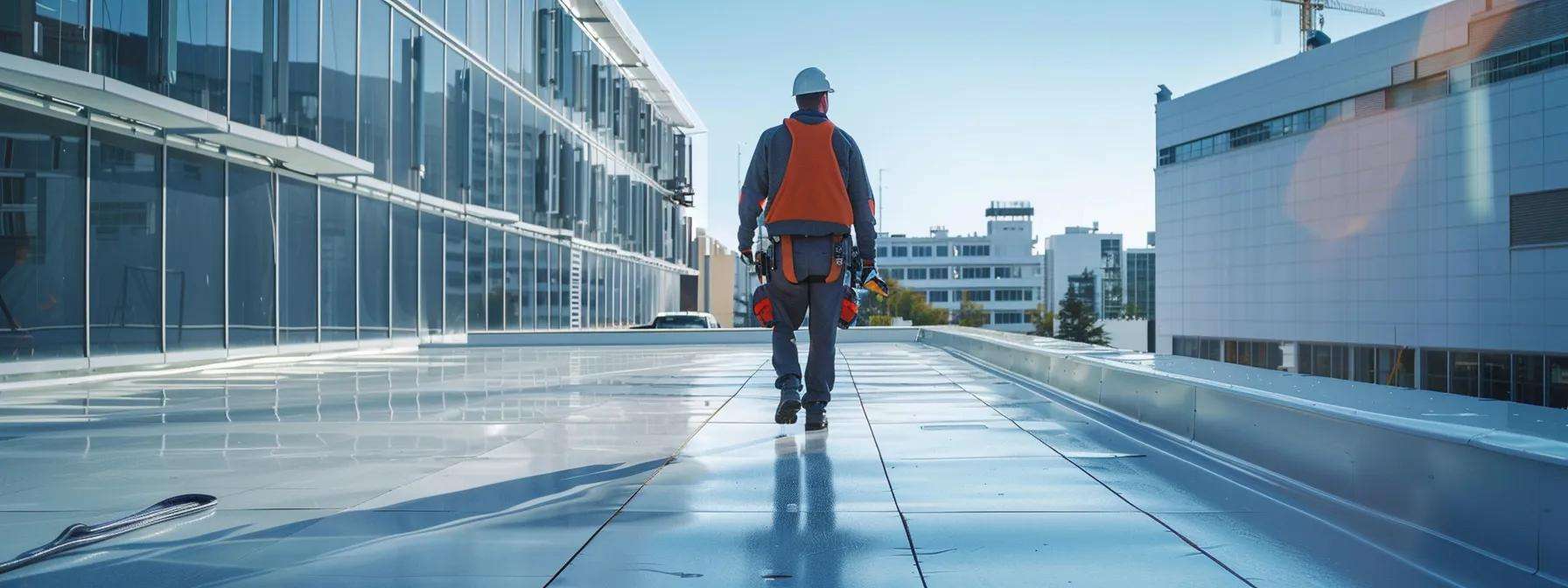
Routine maintenance enhances roof performance, energy efficiency, and overall appearance. Key practices extend the roof’s life and reduce repair costs.
How Does Cleaning and Debris Removal Protect Your Roof?
Regular cleaning removes leaves, branches, and dirt that trap moisture and foster mold, algae, and corrosion on roofing materials. Professional high-pressure or soft washing not only clears visible debris but also removes embedded contaminants, restoring reflective properties and preventing discoloration. This process maintains insulation effectiveness and improves water flow during rains.
A maintenance log helps document cleaning schedules and inspections, ensuring early damage detection. Consider the following table linking cleaning practices to roof performance:
Why Is Gutter and Drainage Maintenance Essential?
Clean gutters and proper drainage prevent water backup that stresses the roof and causes leaks. Blocked or damaged gutters can lead to pooling water, which may compromise membranes and result in structural damage. Regular inspection and cleaning of gutters, downspouts, and drainage channels are critical in directing water away and protecting the roof structure. Ensuring that fascia and soffits are intact further supports proper drainage.
How Can Preventive Repairs Save Your Roof?
Preventive repairs address minor issues—such as sealing leaks, reinforcing flashings, and replacing deteriorated components—before they escalate into major damage. Regular repair work maintains a uniform barrier against weather, helps meet warranty requirements, and improves energy efficiency by eliminating gaps that cause heat exchange. Preventive repairs are a proactive investment that reduces the need for emergency interventions.
In summary, a comprehensive maintenance program that includes cleaning, gutter care, and timely repairs significantly extends the roof’s lifespan and efficiency.
When Is Roof Repair or Replacement Necessary?
Determining whether to repair or replace a commercial roof requires assessing the extent of damage, financial factors, and overall roof condition. Both repair and replacement affect long-term performance, disruption, and ROI.
How to Identify When Repairs Are Sufficient?
Repairs are adequate when damage is localized—such as minor leaks, small cracks, or isolated flashings issues—that can be fixed with quality sealants or patching materials. Timely repairs, when confirmed by a detailed inspection, can extend a roof’s life by up to 20%. Routine maintenance and proper documentation help preserve warranties and indicate when repeated repairs suggest a systemic problem requiring replacement.
What Are the Signs That Indicate Roof Replacement?
Replacement is necessary when damage is widespread or when the roof has exceeded its rated lifespan. Signs include extensive water leakage, blistering or bubbling of membranes, large areas of missing shingles, sagging decks, and persistent drainage issues. When repair efforts become frequent and costly, replacement may be more economical in the long run. Detailed reports from certified inspectors assist in weighing repair costs against a full roof replacement.
How Do Warranties Affect Repair and Replacement Decisions?
Warranties play a key role in repair versus replacement decisions. Many high-quality roofing systems include extended warranties that require regular, documented maintenance. Failure to follow these protocols may void the warranty. When damage is extensive enough to risk warranty coverage, replacement might be recommended to secure the full benefits of a new warranty. Regular reviews of warranty terms help guide cost-effective decisions.
In summary, evaluating damage extent, repair history, and warranty conditions enables informed decisions that optimize long-term roof reliability and cost efficiency.
How Do Commercial Roofing Contractors Ensure Quality and Longevity?
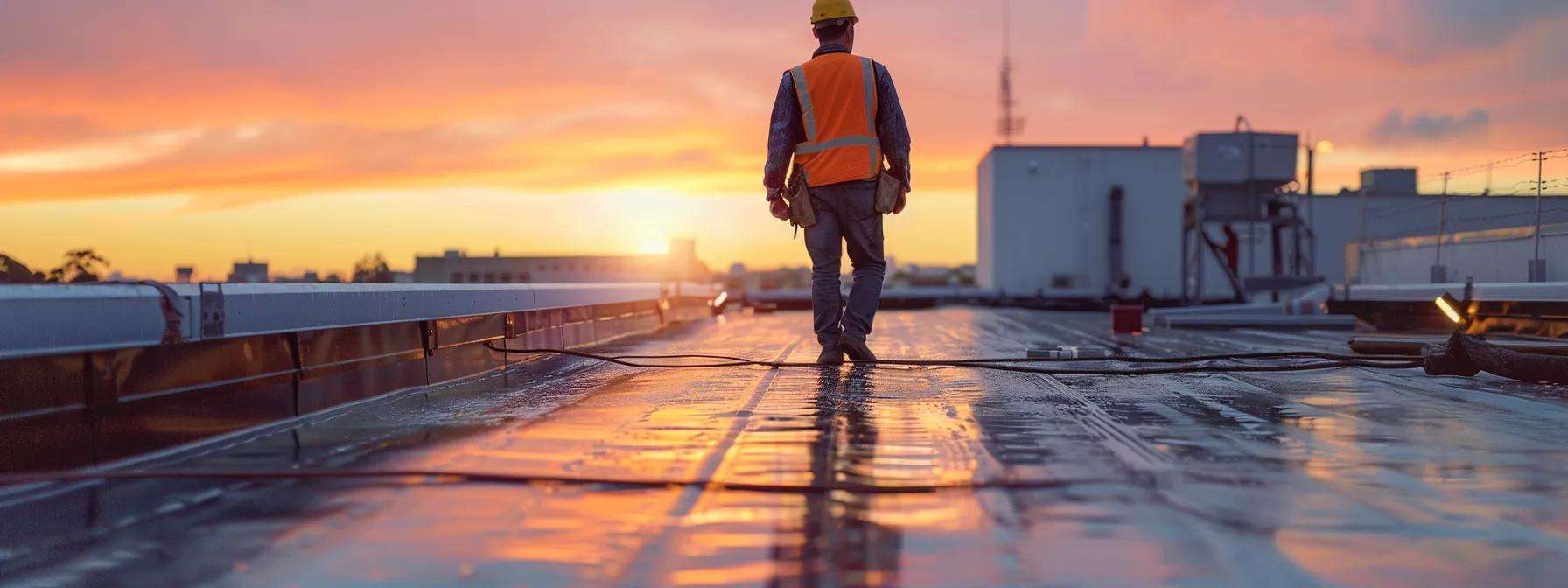
Commercial roofing contractors ensure roofing systems meet both immediate and long-term requirements. Their role goes beyond installation or repair to include quality assurance, premium material integration, adherence to industry best practices, and committed customer support.
What Certifications and Training Should Contractors Have?
A reputable commercial roofing contractor should have certifications from organizations like the NRCA or RICOWI, which reflect adherence to high quality and safety standards. They should also have specialized training for specific roofing systems, such as flat roofs or TPO membranes. Continuous education and practical experience, supported by portfolios and testimonials, assure business owners of high-quality installation and maintenance.
How Do Premium Materials and Installation Techniques Improve Roof Life?
Using premium, energy-efficient materials and advanced installation techniques minimizes vulnerabilities to moisture, thermal expansion, and mechanical damage. State-of-the-art methods ensure proper adhesion, seam alignment, and effective integration of drainage components. Such meticulous installation significantly reduces emergency repairs, lowers energy bills, and prolongs the roof’s replacement cycle, thereby delivering a better return on investment.
Why Is Customer Service Important in Roofing Projects?
Outstanding customer service ensures clear communication, prompt responses, and coordinated long-term maintenance. Contractors who offer after-sales support, routine inspections, and detailed documentation foster trust and help manage expectations regarding repairs and warranty claims. This level of service minimizes disruptions and protects the overall roofing investment.
Below is a summary table of essential contractor credentials:
In summary, experienced contractors using quality materials and modern installation techniques, combined with superior customer service, ensure long-term roof durability.
What Are the Best Practices for Seasonal Roof Care?
Seasonal roof care is vital to counter changing weather and extend roof life. Maintenance routines tailored to each season help prevent unexpected repair expenses and keep the roofing system performing at its best.
How to Prepare Your Roof for Winter and Harsh Weather?
Preparing for winter involves removing debris to prevent ice dam formation, adding insulation, and ensuring proper ventilation. Late-fall inspections can identify areas with damaged flashing, loose shingles, or deteriorated sealants. Installing heated cables in vulnerable areas and reinforcing gutter systems further protects the roof from snow, ice, and water backup.
What Summer Maintenance Helps Prevent Roof Damage?
During summer, roofs face high temperatures and intense sunlight that cause expansion and contraction of materials. Regularly reapplying protective coatings and cleaning the roof surface to remove dust and debris help reduce UV damage and thermal stress. Early summer inspections can catch signs of blistering or cracking, while installing solar reflective coatings improves energy efficiency.
How Does Seasonal Inspection Support Roof Longevity?
Seasonal inspections allow professionals to assess the roof’s overall condition following temperature extremes. A spring inspection may reveal freeze-thaw damage, while a fall check can ensure the roof is ready for winter. By aligning maintenance tasks with seasonal changes, property managers can address issues before they worsen.
Below is an example seasonal maintenance checklist:
How Can Businesses Maximize ROI on Commercial Roofing Investments?
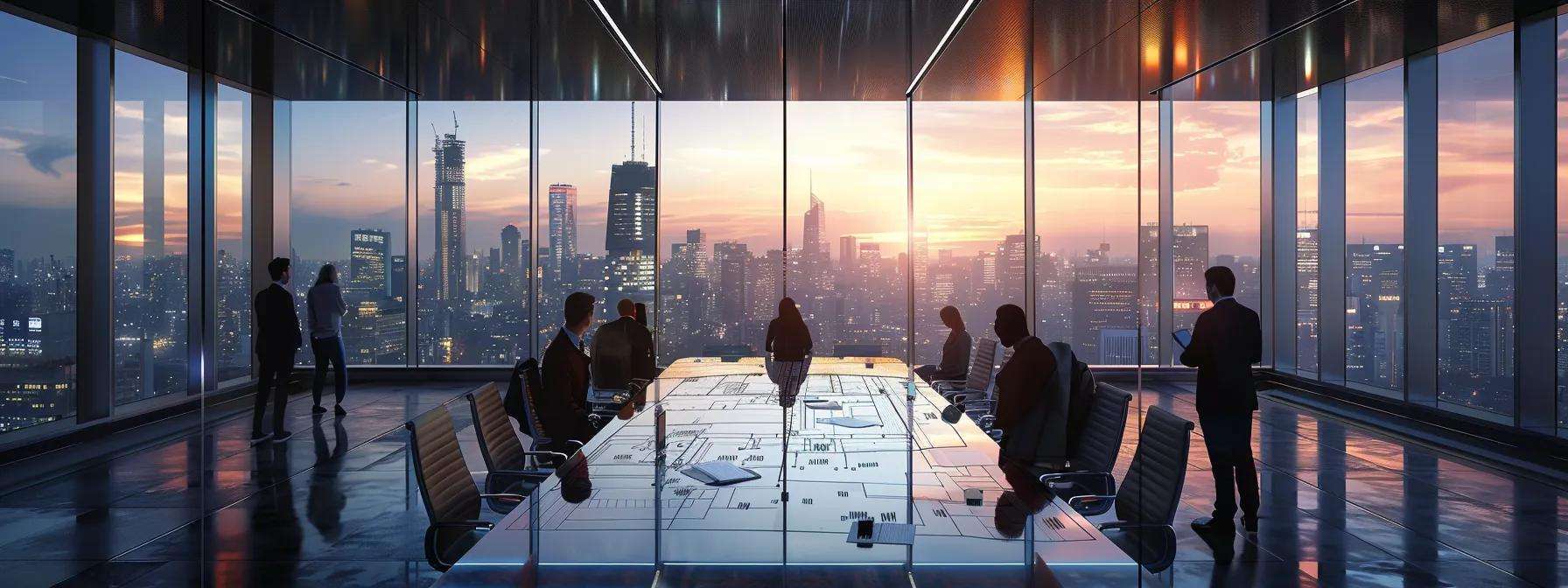
Maximizing ROI in commercial roofing goes beyond roof installation; it requires strategic planning, proactive maintenance, and efficient repair management. A well-maintained roof enhances energy efficiency, avoids unplanned repairs, and supports operational continuity, all of which contribute to long-term value.
What Role Does Preventive Maintenance Play in Cost Savings?
Routine maintenance and timely inspections identify minor issues that, if addressed early, extend the roof’s lifespan and prevent the need for full replacements. By reducing emergency repair costs and energy losses, preventive maintenance significantly contributes to cost savings and overall ROI.
How Do Extended Warranties Provide Peace of Mind?
Extended warranties offer financial security by covering materials and workmanship over an extended period, provided maintenance protocols are followed. This protection minimizes unexpected expenses and reflects the overall quality of the roofing system, influencing decisions to maintain rather than replace the roof prematurely.
Why Choose a Trusted Contractor for Long-Term Roofing Solutions?
A reputable contractor provides quality installation, ongoing maintenance, expert advice, and reliable warranties. Their transparent communication and scheduled maintenance plans help identify issues early and prevent costly emergencies, thereby maximizing the roofing investment.
Below is a summary table for strategic ROI:
By adopting these strategies, businesses can secure long-term savings, improve energy efficiency, and enhance property value, ultimately maximizing the ROI on their roofing investments.
Frequently Asked Questions
Q: What are the most important factors in extending the life of a commercial roof? A: Proper material selection, professional installation, regular inspections, and proactive maintenance are essential. High-quality materials such as TPO, metal, or roofing slate tile provide durability, and professional installation ensures each component works together effectively. Timely repairs and routine cleaning protect against environmental wear.
Q: How often should commercial roofs be inspected to prevent costly repairs? A: Inspections should occur at least twice a year in the spring and fall, with additional assessments after major storms, to catch early signs of damage and prevent larger repair costs.
Q: When is it better to repair a roof versus replacing it entirely? A: Repairs are sufficient for localized, minor damage, while widespread issues—such as extensive leaks, membrane degradation, or structural damage—typically require full roof replacement. Repeated repairs and declining energy efficiency also indicate replacement may be more cost-effective.
Q: How do extended warranties impact decisions related to roof maintenance or replacement? A: Extended warranties cover material and workmanship defects if proper maintenance is followed, offering financial protection. They often encourage proactive maintenance, and significant damage may necessitate replacement to retain warranty benefits.
Q: What role do seasonal maintenance practices play in maximizing the ROI of a commercial roof? A: Seasonal practices like preparing for winter and summer maintenance prevent extreme weather damage, maintain energy efficiency, and reduce emergency repairs, thus maximizing the long-term value of the roofing investment.
Q: What certifications should a commercial roofing contractor have to be considered reliable? A: Contractors should have certifications from bodies such as the NRCA or RICOWI, specialized training for the specific roofing system, and demonstrable experience through past projects and customer testimonials, ensuring adherence to industry best practices.
Q: How can businesses effectively plan for long-term roof maintenance and replacement budgeting? A: By integrating preventive maintenance schedules, conducting regular inspections, and tracking repair history, businesses can better predict future costs. Documented assessments combined with certified contractor services and extended warranties support more accurate budgeting and improved ROI.
